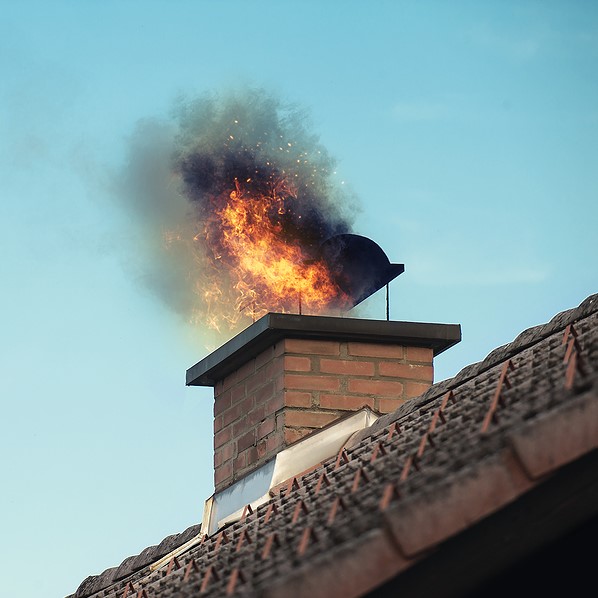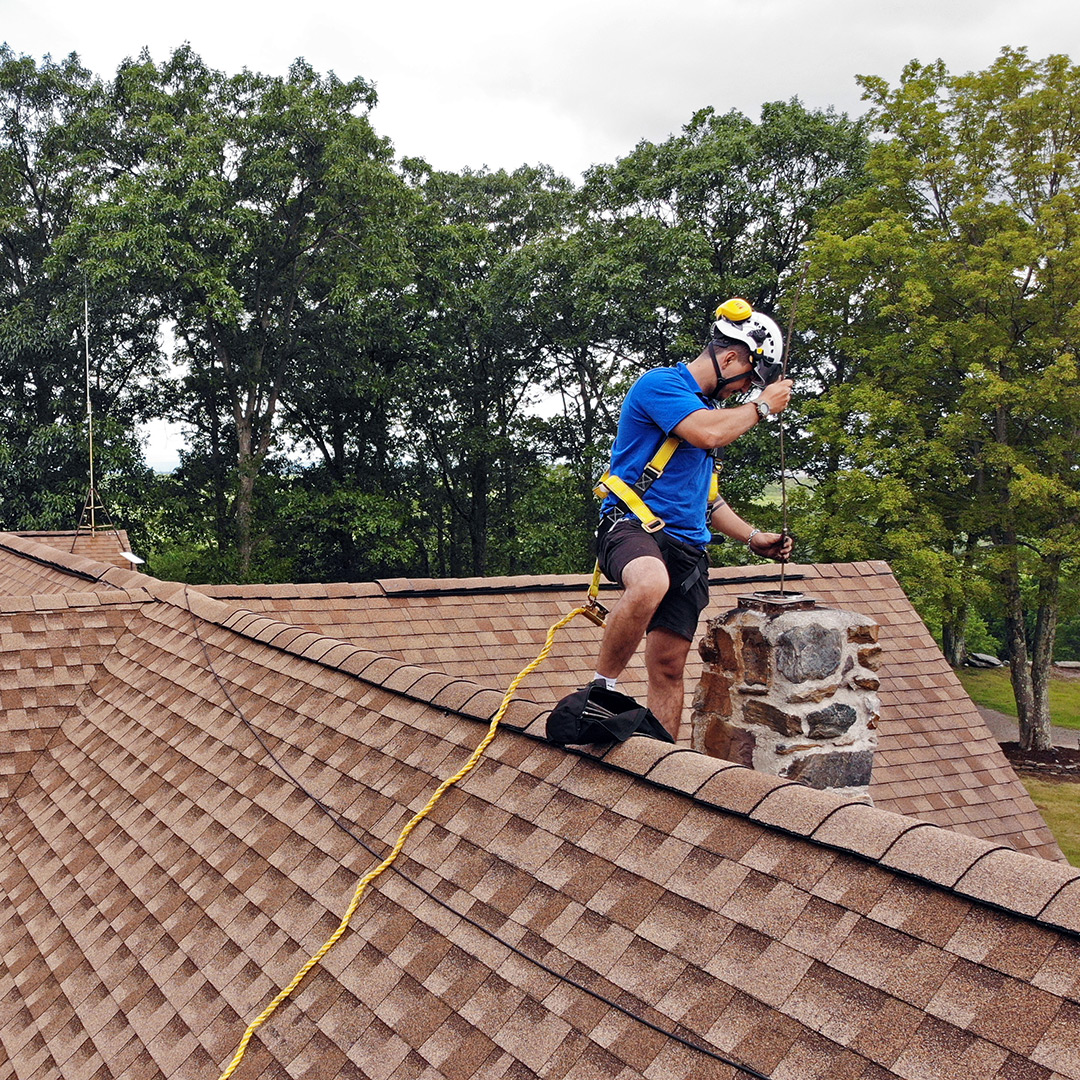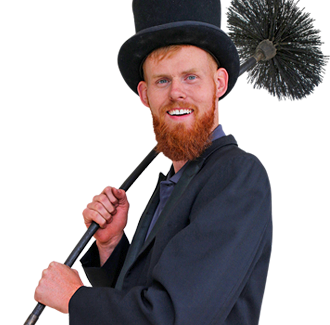5 Ways to Prevent Chimney Fires
Not all chimney fires are big, dramatic events that bring sirens and flashing lights up the street. Many of these fires are small, starting and going out on their own before anybody in the house even notices.
But no matter the size of the fire, every chimney fire can cause damage. This is why Hudson Valley Chimney of Poughkeepsie, NY, would like to share five helpful tips for preventing all sizes of chimney fires.
 Why do chimney fires happen?
Why do chimney fires happen?
Chimney fires start when creosote ignites inside the flue. Creosote is a byproduct of smoke condensation, and it builds up every time you use your wood-burning fireplace.
Highly flammable and acidic, creosote is the #1 cause of chimney fires in the Poughkeepsie region and the rest of the United States every year.
Creosote can be flaky, puffy, or solid, depending on its “stage.” Third-stage creosote, also called “glazed” creosote, is of particular concern. It’s highly compacted and usually solid, requiring special tools and experience to remove safely without damaging parts of the chimney. Creosote at this stage causes a lot of those “sirens and flashing lights” fires.
You can’t completely prevent creosote from forming, but you can definitely limit the amount and reduce the chance of a fire. Here are five professional tips to preventing chimney fires.
-
Have your chimney swept once a year
A proper chimney sweeping (chimney cleaning) will remove all types and stages of creosote from your chimney. This work should be performed only by licensed professionals who have the equipment and training to do it correctly.
-
Schedule annual chimney inspections
Along with cleaning, chimneys should be inspected annually. Inspections not only detect the presence of excess creosote; they also look for flue blockages, masonry damage, damage to chimney components, water leaks, and other problems.
-
Burn only dry firewood
Seasoned logs that have had at least six months to dry out create far less smoke than damp, unseasoned logs. Less smoke equals less creosote.
-
Never burn other material or use accelerants
Only real wood logs should be used in a fireplace. Items such as clothing, pressed boards, painted wood, cardboard, plastics, metals, and the like create a lot of smoke and often burn with extreme heat. They can also emit dangerous gases you don’t want to be breathing. And never use lighter fluid, charcoal starter, or any other accelerant to get a fire going faster. These products burn very hot and can flare up and cause injury.
-
Aim for a fire at 600 to 1,000 degrees
A fire that’s hot – but not too hot – burns firewood optimally, creating less smoke and therefore less creosote. A hot, robust fire is aided by ensuring that enough air is getting to the firebox. Follow these tips:
- Keep the flue clean so it can draft efficiently
- Make sure the fireplace damper is fully open
- If the house is too airtight, crack a window
- Avoid using exhaust fans in bathrooms and kitchens during a fire
 A clean chimney is a safe chimney
A clean chimney is a safe chimney
Hudson Valley Chimney specializes in chimney sweeping to minimize the amount of creosote in your flue and keep it free of obstructions. We also provide licensed chimney inspections and all types of chimney repairs.
We want your chimney to be safe, and we know exactly how to make that happen. If it’s time to have your chimney swept or arrange for other chimney work, call your New York chimney experts at (845) 471-1071. You can also get in touch with our simple contact form.








